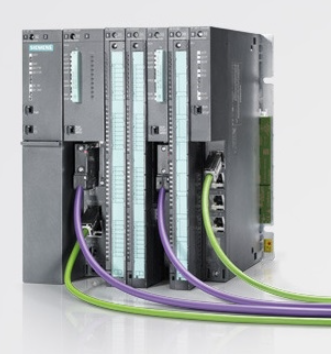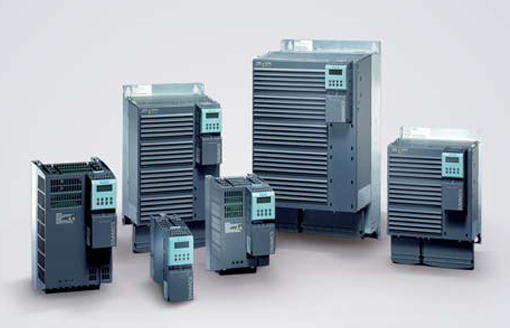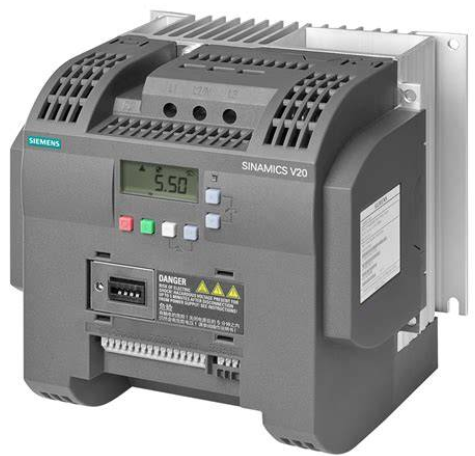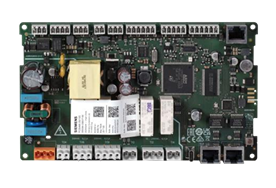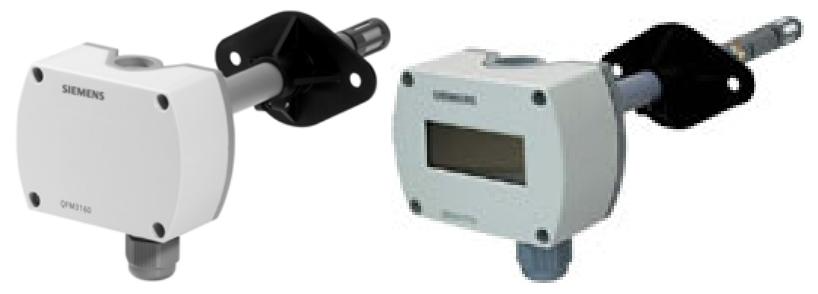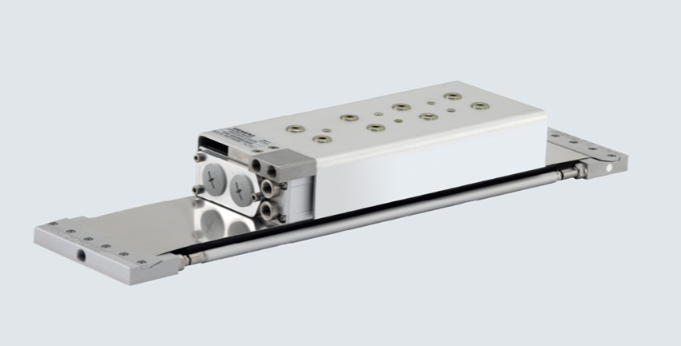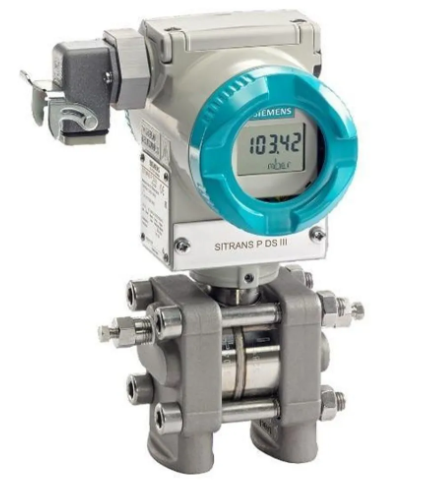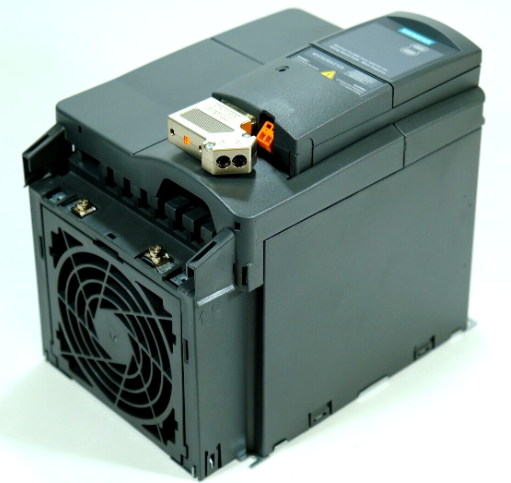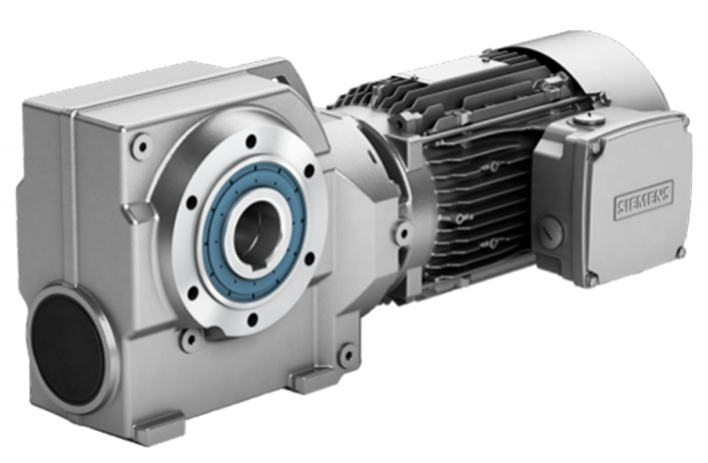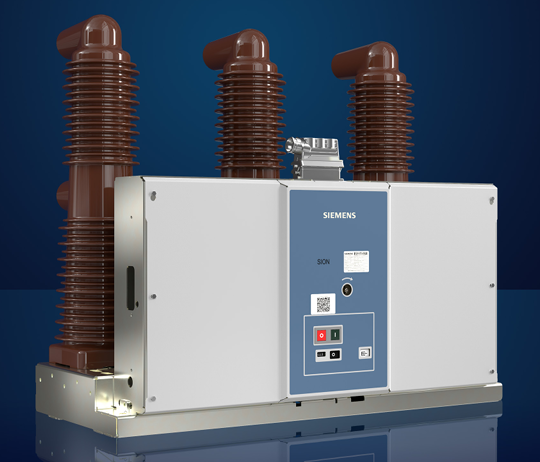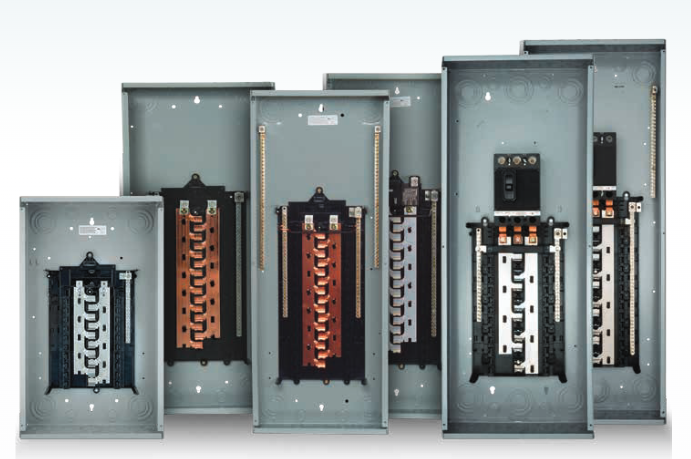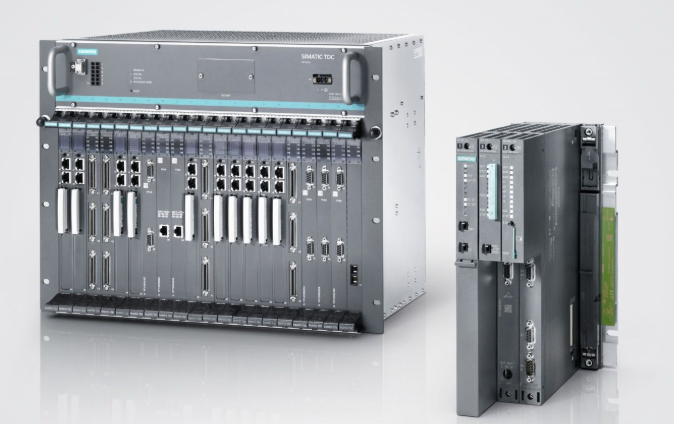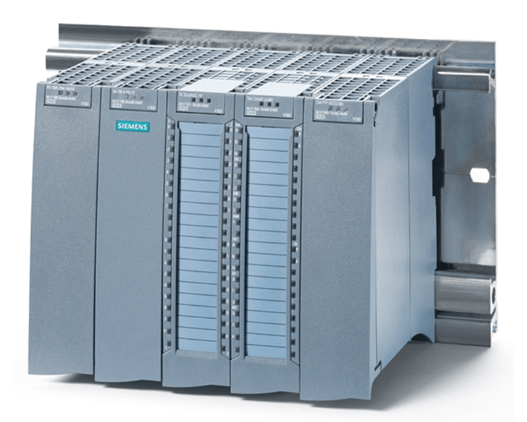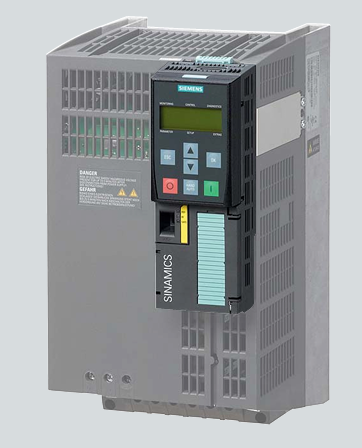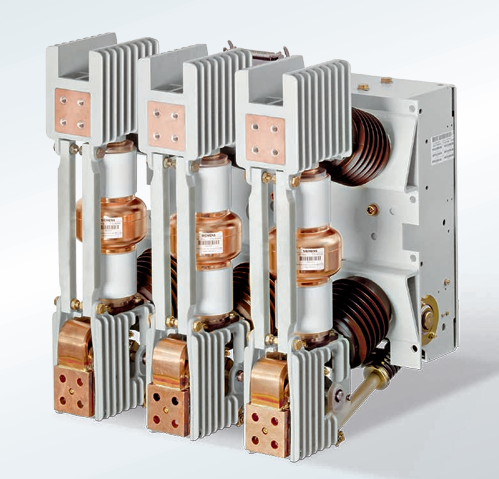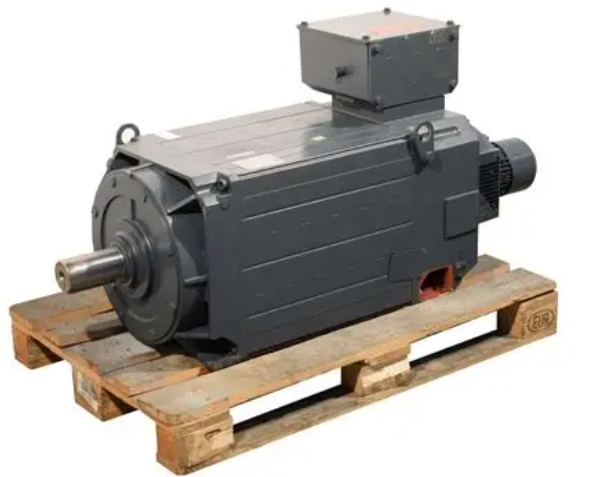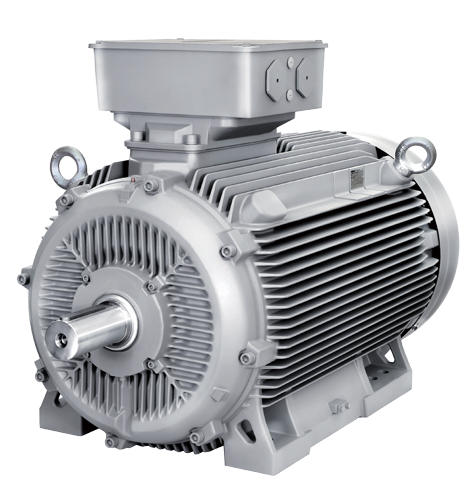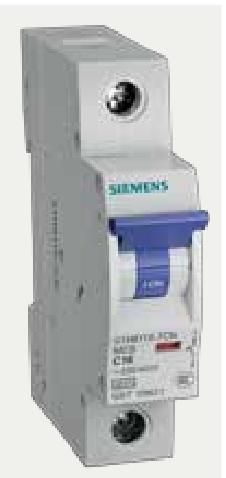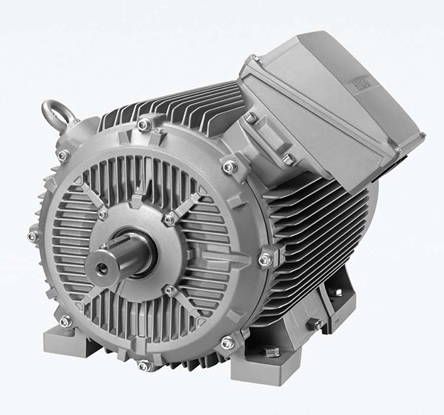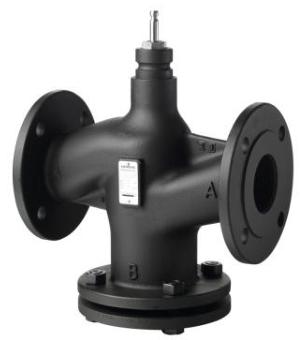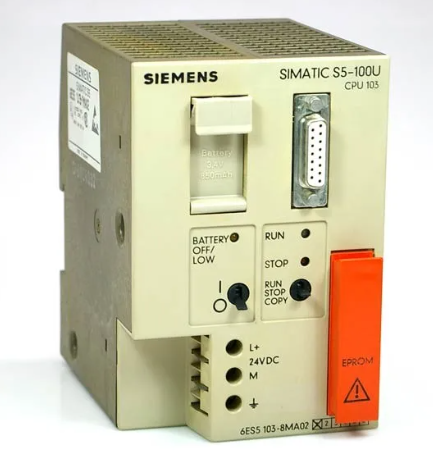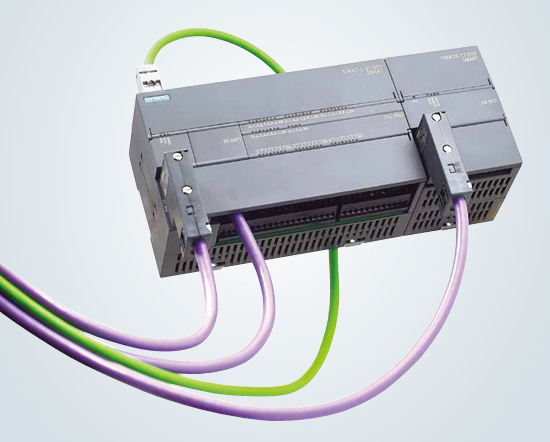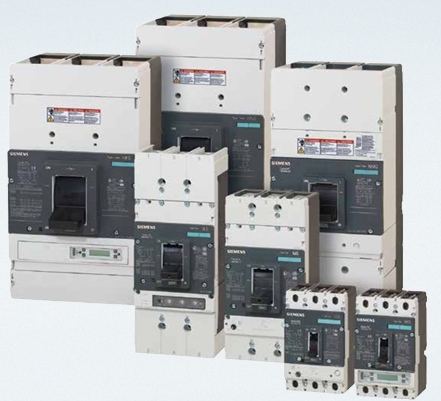The FOXBORO P0902YU control module is a high-precision and high reliability modular control device developed by Foxboro for the field of industrial process automation. As an important component of the Foxboro I/A Series DCS (Distributed Control System), it mainly undertakes core tasks such as precise processing of on-site signals, local control logic execution, and collaborative communication with the upper control system.
FOXBORO P0902YU control module
Product positioning
The FOXBORO P0902YU control module is a high-precision and high reliability modular control device developed by Foxboro for the field of industrial process automation. As an important component of the Foxboro I/A Series DCS (Distributed Control System), it mainly undertakes core tasks such as precise processing of on-site signals, local control logic execution, and collaborative communication with the upper control system.
This module adopts a modular design and can be flexibly integrated into various industrial control cabinets. It is specifically designed to meet the control requirements of decentralized production scenarios, achieving real-time monitoring and precise control of key process parameters such as temperature, pressure, flow rate, and liquid level. Its core value lies in providing efficient solutions for small and medium-sized control circuits or distributed control nodes in industries such as petrochemicals, power energy, metallurgy, and building materials with compact structure and stable performance, filling the control hierarchy gap between large control units and on-site sensors, and helping enterprises achieve precision and efficient upgrading of control systems.
Core functions and control features
The FOXBORO P0902YU control module focuses on precise control and efficient collaboration, integrating multiple functions such as signal processing, logic operation, and control output, and can adapt to diverse industrial control scenarios. The core functions are as follows:
1. High precision signal acquisition and preprocessing: Supports the integration of multiple types of analog input (AI) and digital input (DI) signals. Analog input is compatible with standard industrial signals such as 4-20mA, 0-5V, 1-5V, etc., while digital input supports PNP/NPN switch signals and dry contact signals; Built in high-precision signal conditioning circuit and digital filtering algorithm can effectively suppress electromagnetic interference and signal fluctuations in industrial sites. The collected data is preprocessed by linearization, scale conversion, etc., ensuring the accuracy and stability of the input signal. The collection accuracy can reach ± 0.05% FS.
2. Flexible control algorithm integration: Built in basic PID (proportional integral derivative) control algorithm and improved PID algorithm (such as self-tuning PID, anti integral saturation PID), can independently complete single loop closed-loop control tasks; Simultaneously supporting simple logic control (such as AND, OR, non logic and delay, counting functions), it can achieve basic control scenarios such as equipment start stop interlocking and fault alarm triggering, without relying on upper control units, reducing system response delay.
3. Reliable control command output: Equipped with analog output (AO) and digital output (DO) channels, analog output supports 4-20mA standard signals and can directly drive regulating valves, frequency converters and other actuators with an output accuracy of ± 0.1% FS; digital output supports relay output or transistor output (configured according to the model), can control the start and stop of pumps, valves and other equipment, with an output response time of no more than 1ms, ensuring fast execution of control commands.
4. Efficient communication and collaboration capabilities: Supports mainstream industrial communication protocols such as PROFIBUS-DP, Modbus RTU, EtherNet/IP, and can seamlessly interact with upper level DCS systems, PLCs, or monitoring configuration software to upload collected process parameters and module operating status, and receive control parameters and instructions issued by upper level systems; Equipped with communication fault diagnosis function, it can automatically switch to local control mode when the communication link is interrupted, ensuring uninterrupted control process.
5. Comprehensive fault diagnosis and protection functions: Built in all-round self diagnosis mechanism, which can monitor the operation status of the module's own power supply, processor, I/O channel, communication interface and other components in real time. When channel faults, power supply abnormalities, communication interruptions and other problems occur, the local alarm indicator light is immediately triggered, and alarm information is sent to the upper system through the communication interface, making it easy for operation and maintenance personnel to quickly locate the fault; Some models support channel short-circuit protection function to avoid module damage caused by on-site circuit faults.
6. Local parameter configuration and display: The module is equipped with a small LCD display screen and operation buttons, which support local viewing of key process parameters, module operation status, and alarm information. PID parameter tuning, control logic configuration, and other operations can be directly performed through the buttons without the need to connect to upper level software, improving the convenience of on-site debugging and maintenance; After parameter configuration is completed, it will be automatically saved and data will not be lost after power failure.
Key performance parameters
The performance parameters of the FOXBORO P0902YU control module have been optimized at the industrial level to ensure stable and reliable control effects under complex operating conditions. The core parameters are as follows:
1. Hardware specifications: Adopting a 32-bit embedded microprocessor with a clock frequency of not less than 500MHz; Comes standard with 64MB of memory and 128MB of storage space, meeting the needs of control logic operation and data storage; The module has a compact size and is installed using standard DIN rails, occupying a small space (typical dimensions: 100mm × 80mm × 60mm, subject to actual model), making it easy to install and deploy in dense cabinets.
2. I/O channel configuration: 2-8 AI channels (configurable), 1-4 AO channels (configurable), 4-8 DI channels, 2-4 DO channels; AI channel input impedance ≥ 10M Ω, AO channel output load capacity 0-500 Ω, DI channel response time ≤ 1ms, DO channel rated load voltage 24V DC/220V AC.
3. Control performance: A single module can support up to 8 independent PID control loops, with an adjustable PID calculation cycle of 5-100ms; Control accuracy ± 0.1%, steady-state error ≤ 0.2% FS, with good anti-interference and stability; Logic control supports up to 64 logical instructions with a scan cycle of ≤ 2ms.
4. Communication performance: The communication interface supports 1 Ethernet interface (10/100Mbps adaptive) and 1-2 serial ports (RS485/RS232), and some models support fieldbus interfaces; The communication speed can reach up to 12Mbps (PROFIBUS-DP), with a data transmission delay of ≤ 10ms. It supports multiple master station communication modes and can establish communication connections with multiple upper level devices simultaneously.
5. Environmental adaptability: working temperature range -20 ℃ -70 ℃, storage temperature range -40 ℃ -85 ℃; Relative humidity ranging from 5% to 95% (without condensation); Capable of IP20 protection level (module body), suitable for installation environment in control room cabinets or on-site explosion-proof control cabinets; The anti electromagnetic interference performance complies with the IEC 61000-4-2/3/4 standard.
6. Power supply and reliability: Input power supply 24V DC (± 10%), typical power consumption ≤ 10W; mean time between failures (MTBF) not less than 80000 hours; Supports hot swapping function (some models), allows for online module replacement without affecting the operation of other devices.
Applicable industries and typical application scenarios
The FOXBORO P0902YU control module, with its compact structure, precise control, and flexible deployment, is widely used as a distributed control node in various industrial scenarios. Typical applications include:
1. Petrochemical industry: In the auxiliary systems of chemical plants (such as circulating water system and thermal oil system), it serves as an independent control module to achieve closed-loop control of water temperature and oil temperature; In the wellhead control box for oil and gas extraction, monitor wellhead pressure and temperature parameters, control the opening and closing of wellhead valves, and ensure the safety and stability of the extraction process.
2. Power and energy industry: In the auxiliary systems of thermal power plants (such as feed water pumps and fan control systems), PID control is used to adjust the speed of pumps/fans, achieving precise control of flow and pressure; In the cooling system of the substation, control the start stop and speed of the cooling fan to maintain the equipment temperature within a reasonable range.
3. Metallurgical building materials industry: In the cold rolling workshop of the steel plant, the cooling water volume and temperature of the rolling mill are controlled to ensure the performance of the rolling mill; In the raw material batching system of cement plants, precise proportioning of different raw materials and interlocking of transportation start and stop are achieved through logical control to improve batching accuracy.
4. Biopharmaceutical industry: In the control system of ingredient tanks for drug production, precise control of feed flow and automatic switching after ingredient completion are achieved to meet the requirements of GMP certification for production process accuracy; In a small laboratory reaction device, controlling the reaction temperature and stirring speed provides stable process conditions for the experiment.
5. Food and beverage industry: In the sterilization machine control of beverage production lines, PID algorithm is used to accurately control the sterilization temperature, ensuring the sterilization effect while avoiding the impact of high temperature on product quality; In the dairy refrigeration warehouse, monitor the temperature inside the warehouse, control the start and stop of refrigeration equipment, and maintain a stable refrigeration environment.
6. Intelligent manufacturing and equipment matching: As a supporting control module for specialized equipment, it is integrated into injection molding machines, packaging machines, printing machines and other equipment to control the operating parameters of the equipment (such as temperature, pressure, speed), improve the automation level and operational stability of the equipment; In the intelligent warehousing system, the start stop and speed of the conveyor belt are controlled to achieve efficient material transportation.
7. Municipal and environmental protection industry: In the community sewage treatment plant, control the operation of aeration equipment and adjust the dissolved oxygen concentration in the sewage; In the flue gas treatment system of the garbage incineration plant, the composition of the flue gas is monitored, and the dosage of desulfurization and denitrification agents is controlled to ensure that the flue gas emissions meet the standards.

- User name Member Level Quantity Specification Purchase Date
- Satisfaction :
-









Email:wang@kongjiangauto.com




